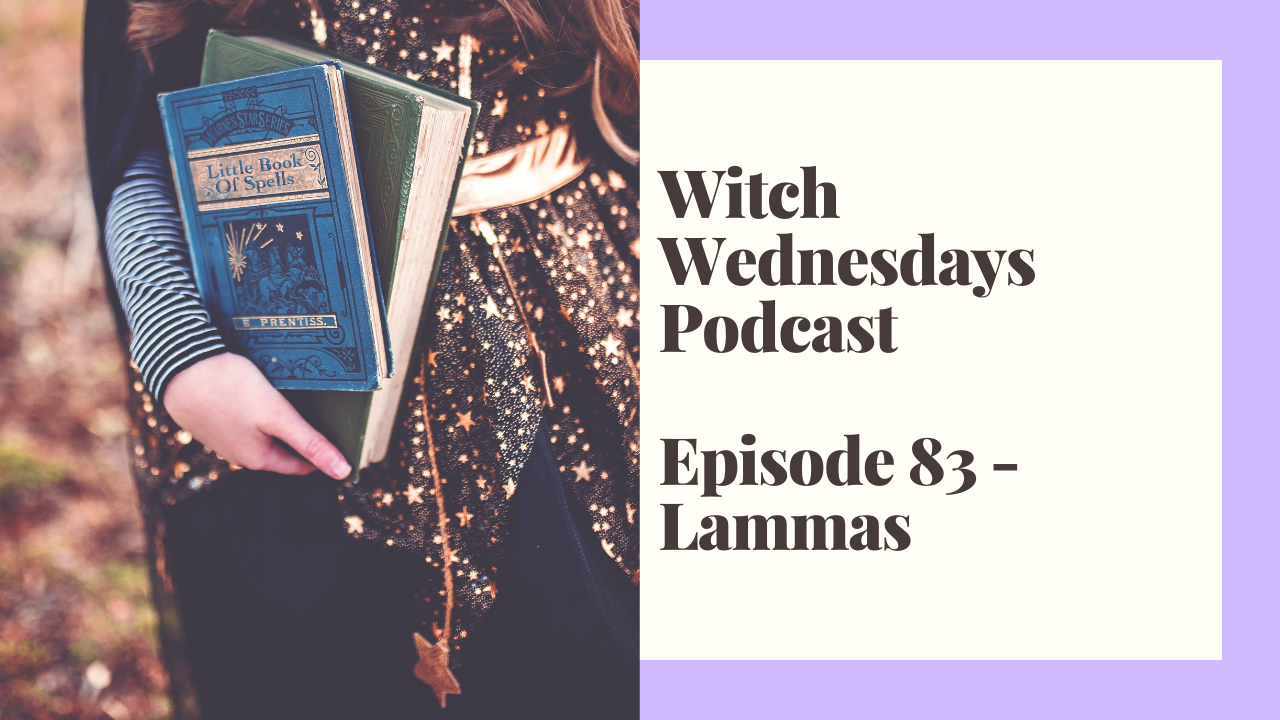History and Traditions of Lammas
Lammas, also called Lughnasadh, is celebrated on August 1 in the northern hemisphere and February 1 in the southern hemisphere.This holiday celebrates the grain harvest. Now is the time to begin gathering up the first harvests of grain, wheat, oats, and more. Grain is a very important crop for most civilizations. If the grain was left in the fields for too long, or if the bread made from the grain was not baked in time, families might starve. By celebrating Lammas as a harvest holiday, we honor our ancestors and the hard work they must have had to do in order to survive. This is a good time to give thanks for the abundance we have in our lives, and to be grateful for the food on our tables. Lammas is a time of transformation, of rebirth and new beginnings.
Celtic Origins
In early Ireland, it was not good to harvest grain before Lammas. If you did harvest before then, that meant that that the harvest from the previous year ran out before the next harvest was ready. This meant that the farmers would have failed in providing for their community. On Lammas, the first sheaves of grain were cut, and by that night, the first loaves of bread for the season would have been baked. The word Lammas comes from an Old English phrase that translates to “loaf mass.” In early Christianity, the first loaves of the season were blessed by the church during mass.
Celebrating Grain in Ancient Cultures
Grain has held a place of importance in civilization back nearly to the beginning of time. Grain became associated with the cycle of death and rebirth. The Sumerian god Tammuz was slain and his lover Ishtar grieved so heartily that nature stopped producing. Ishtar mourned Tammuz, and followed him to the Underworld to bring him back, similar to the story of Demeter and Persephone.
In Greek legend, the grain god was Adonis. Two goddesses, Aphrodite and Persephone, battled for his love. To end the fighting, Zeus ordered Adonis to spend six months with Persephone in the Underworld, and the rest with Aphrodite.
Lugh
In some traditions, this day honors the Celtic god, Lugh. This celebration of the god is referred to as Lughnasadh. Lugh is the god of craftsmanship, among other things including blacksmithing, wheel making, and fighting.
Wiccan Traditions
Wiccan mythology holds that the God’s power begins to wane at this time, as the days grow shorter and the crops are ready to be cut down. In some traditions, the Sun God actually infuses the grain with his power, and so is sacrificed, in a sense, when the grain is harvested. This grain is then used to bake the first bread from the year’s crop.
Symbols of the Season
Sickles and scythes
Dried grains, such as sheafs of wheat, bowls of oats, etc.
Corn dolls, which you can make easily using dried husks
Early fall vegetables, such as squashes and pumpkins, to represent the harvest, as well as abundance.
Late summer fruits, like apples, plums and peaches, to celebrate the end of the summer harvest as we transition into fall.
Modern day pagans bake breads and cakes to celebrate the historical grain harvest. As with most sabbats, there is feasting.
Crafts, Song and Celebration
Because of its association with Lugh, the skilled god, Lammas is also a time to celebrate talents and craftsmanship. It's a traditional time of year for craft festivals. Lugh is also known in some traditions as the patron of bards and magicians. Now is a great time of year to work on honing your own talents. Learn a new craft, or get better at an old one. Put on a play, write a story or poem, take up a musical instrument, or sing a song. This is the right season for rebirth and renewal, so August 1 is the day to share your new skill.


No comments: